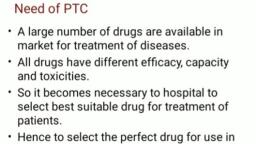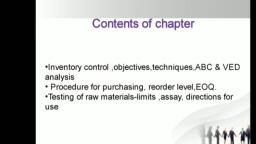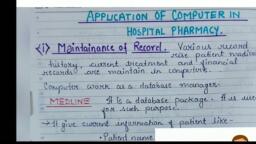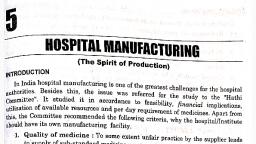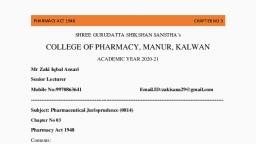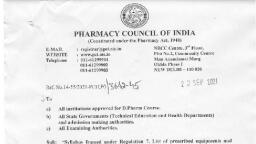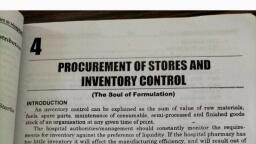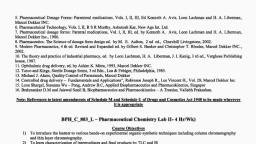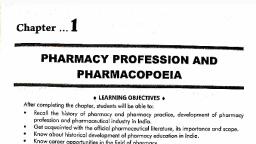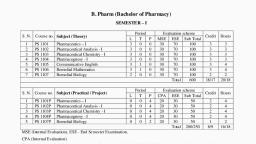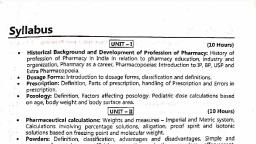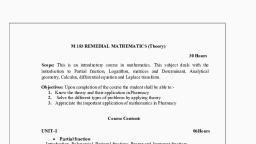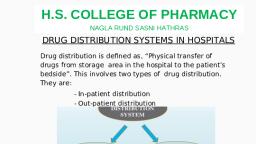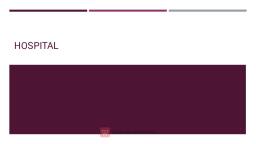Page 1 :
Applications of computer in, medication monitoring., , To evaluate therapeutic action and adverse effects of, any drug, the hospital pharmacist takes the help of, pharmacokinetic and non-pharmacokinetic, , eye ee AAToaCLESe, , This drug monitoring is essential in geriatrics and, pediatrics and for drugs having the tendency to, interact with each other.
Page 2 :
. Pharmacokinetic function:, , It includes the collection of pharmacokinetic parameters,, statistical calculation and graphical interpretation., , With the help of computer programming like NONLIN, the, pharmacokinetic parameters can be predicted easily., According to these parameters, the dose can be adjusted to, oR Melero m ACR R ULM Utes) ec -i0L om esl nle, , This type of application has been widely used for drugs like, theophylline, amino glycoside antibiotics, phenytoin, digoxin,, etc., , some common parameters are rate of absorption, volume, of distribution, clearance rate, etc
Page 3 :
2. Non-pharmacokinetic function:, , >It includes drug-drug interaction, drug-laboratory, drug allergy,, drug-disease interaction and adverse effects detection., , >For drug interaction screening, computer programs like, MEDIPHOR (Monitoring and Evaluation of Drug Interactions by a, Pharmacy Oriented Reporting) and PAD (Pharmacy Automated, Drug Interaction Screening) can be used which increases the, efficiency of clinical services provided by the hospital, pharmacist.
Page 5 :
use of computer in Purchasing, , & Inventory control., i) Periodic inventory control system, © Inthis system, inventory of goods is manually, checked, the amount of stock in hand, minimum, and maximum, can be found out by feeding the, data to the computer., , © Once the stock is entered in the computer, it is, helpful for placement of order to each supplier.

